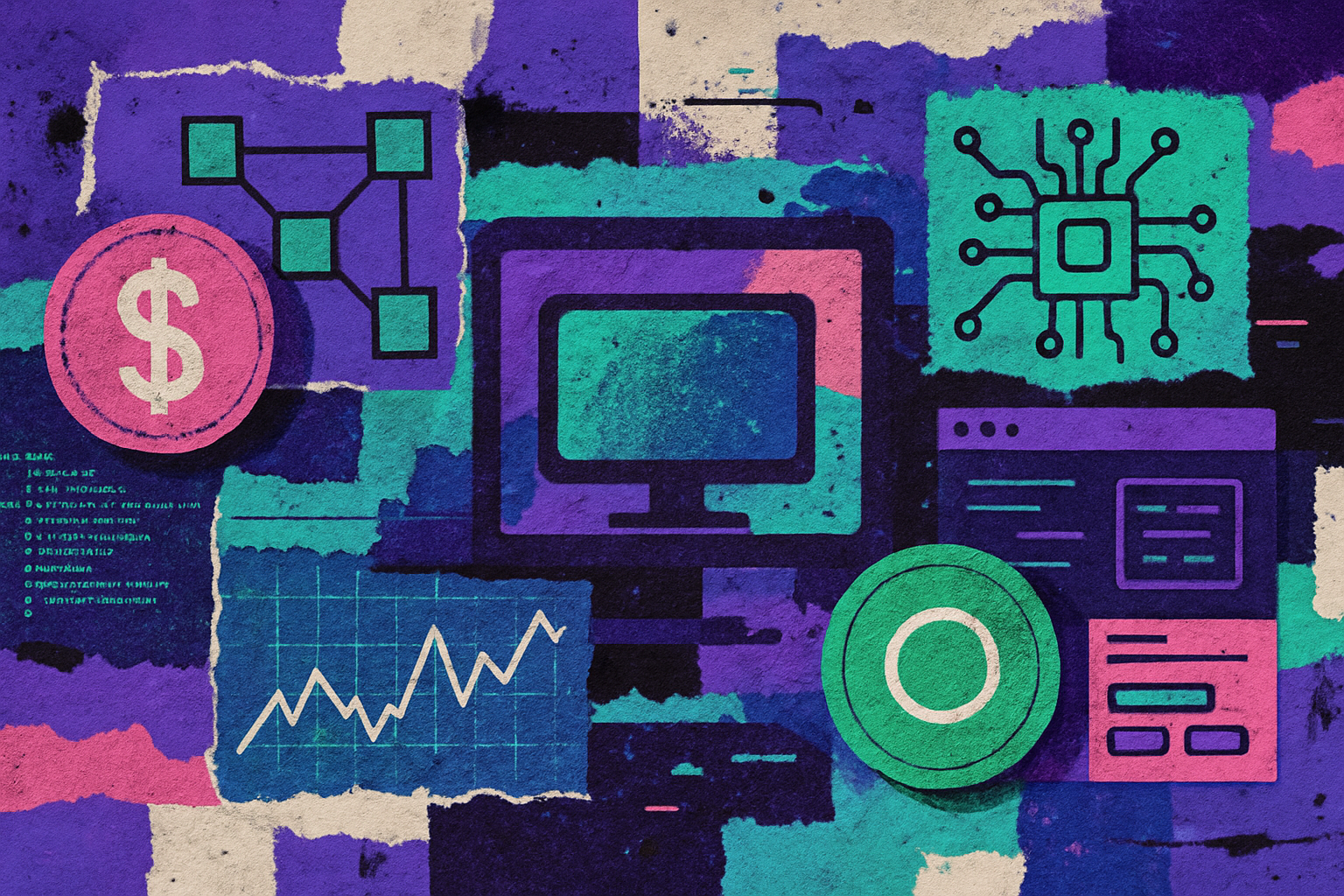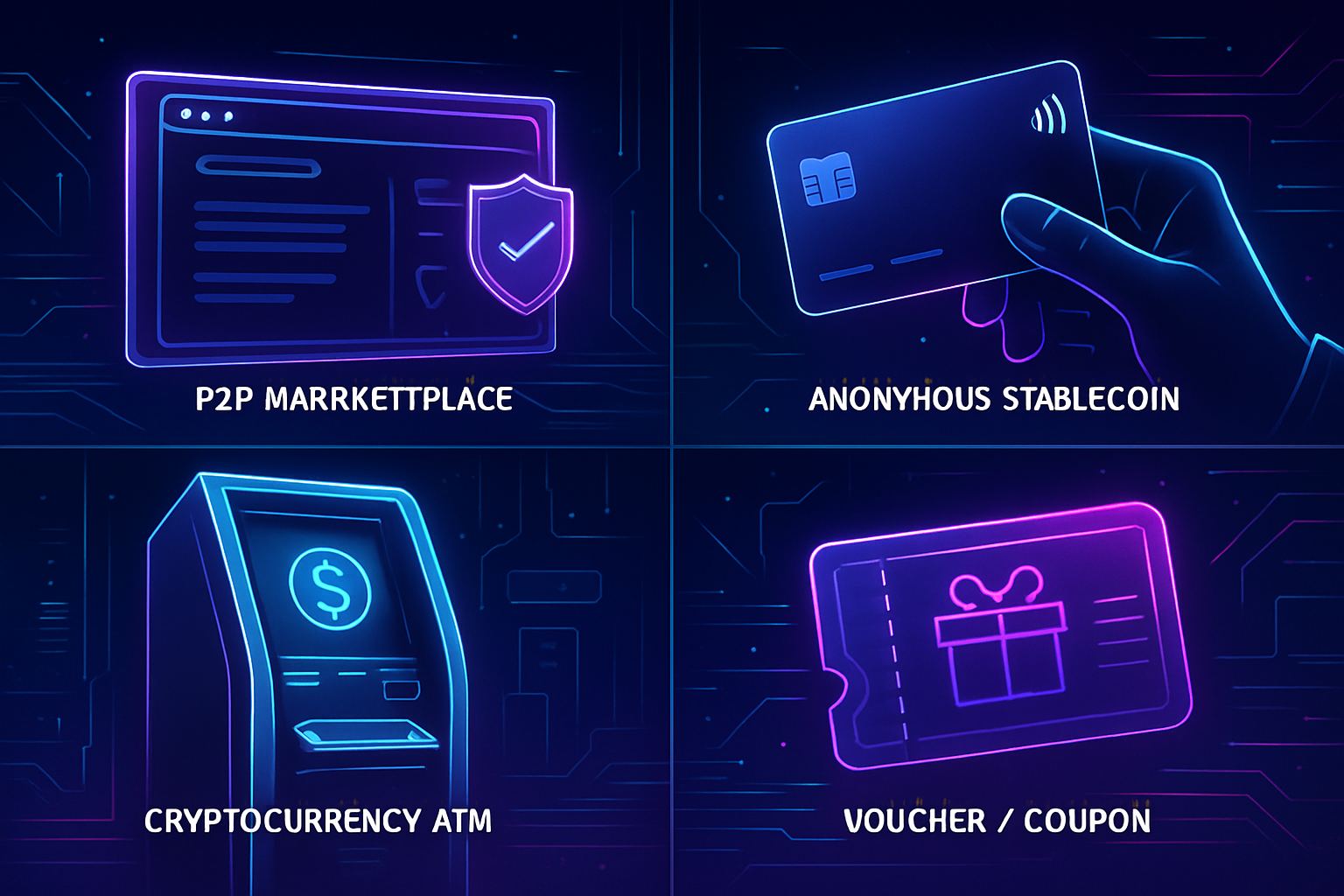
In 2024, the landscape of global payments is being redrawn by the rapid evolution of stablecoin onramp and offramp infrastructure. For users seeking private, fast, and low-fee transactions, these rails are now the backbone of modern crypto finance. As regulatory clarity emerges and technical innovation accelerates, stablecoins like USDT, USDC, and RLUSD are no longer just trading tools – they have become the preferred medium for cross-border commerce, payroll, and remittances.

Why Stablecoin On/Off-Ramps Matter in 2024
Traditional payments remain slow and costly, especially for cross-border transfers. SWIFT wires can take days and charge high fees, while remittance services often clip 5-10% off every transaction. In contrast, stablecoin on/off-ramps enable users to convert between fiat and crypto in minutes, with fees typically under 1%. Platforms like Endl and Off Ramp are leading the charge, allowing users and businesses to move funds globally with minimal friction, whether paying international freelancers or settling invoices in emerging markets.
Privacy is another key driver. Unlike bank wires, which leave a detailed financial trail, stablecoin offramps such as AnonOfframp. com offer virtual card solutions that minimize personal data exposure. For privacy advocates and those in restrictive jurisdictions, this is a game-changer.
Key Players and Innovations: The 2024 Stablecoin Offramp Ecosystem
The competitive landscape has never been richer. According to Mural Pay’s 2025 rankings, the top stablecoin offramp providers include Mural Pay, Circle, Bitso, Ripple RLUSD, and Mercado Pago. Each brings unique value – from Circle’s global USDC onramps to Bitso’s Latin America focus. On the infrastructure side, Onramper’s integration with World App now lets users move seamlessly between stablecoins, bank accounts, cards, and PayPal, all from a single interface.
Merchant adoption is accelerating. OKX’s partnership with GrabPay in Singapore lets customers pay merchants directly in stablecoins, while Stripe’s rollout of USDC payments saw users from 70 countries sign up on day one. This is not just a tech experiment – it’s the beginning of stablecoins as a mainstream payment option.
Top 5 Stablecoin Offramp Providers for 2024
-
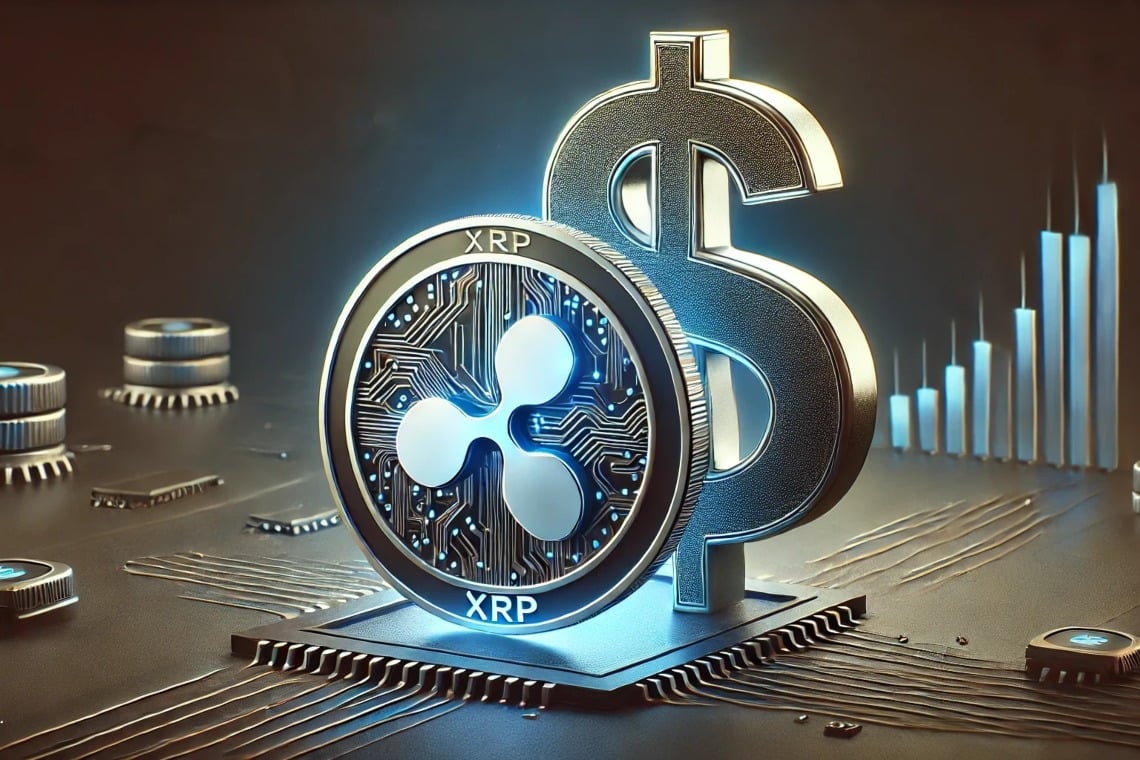
Endl — Global, secure, and compliant stablecoin-to-fiat payments. Endl offers seamless conversion between crypto and fiat with competitive fees, fast settlement, and robust compliance, making it a top choice for businesses and individuals worldwide. Learn more.
-
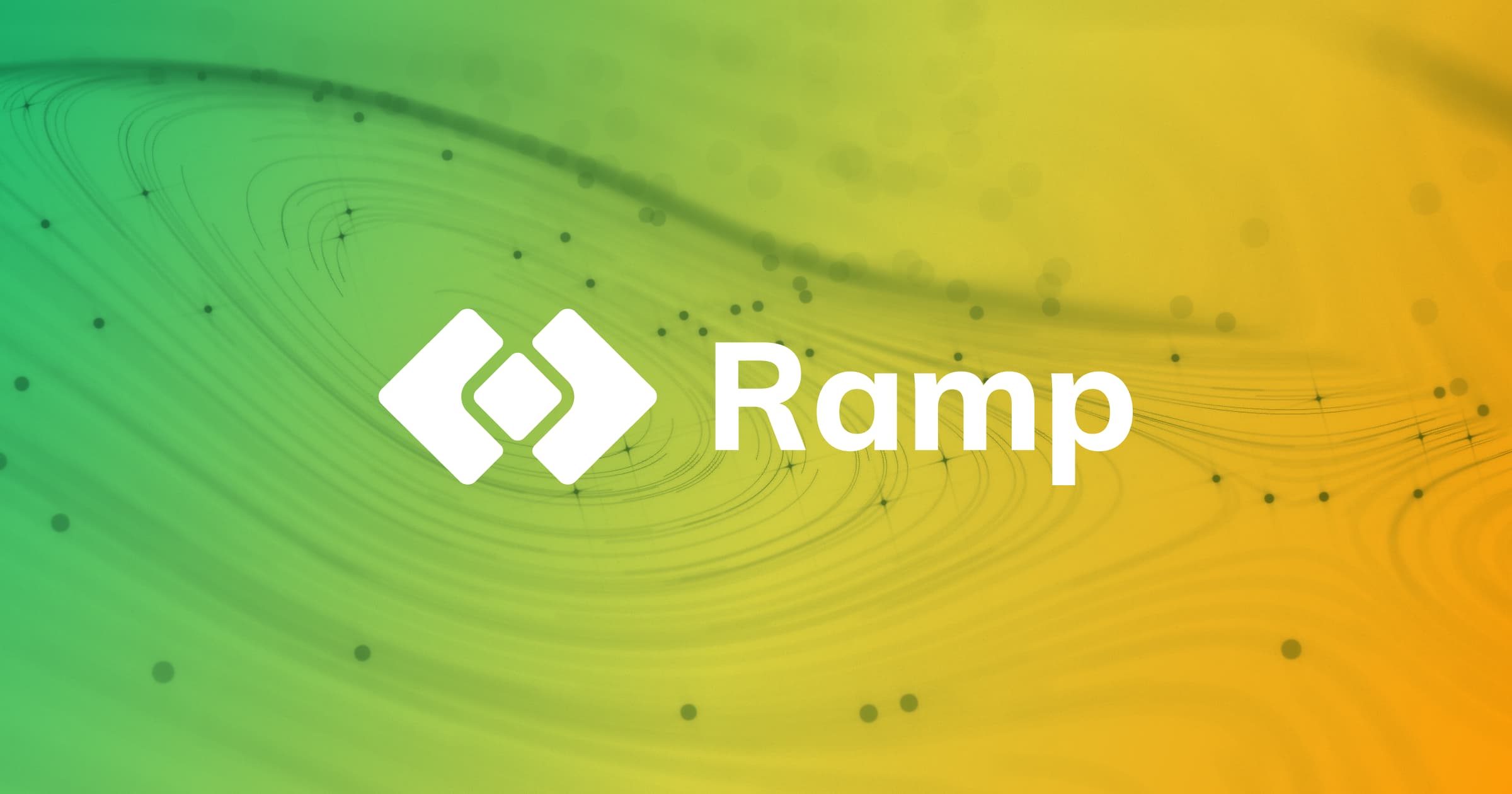
Off Ramp — USDC off-ramps for businesses and freelancers. Off Ramp enables U.S. companies to pay international freelancers in USDC, leveraging non-custodial wallets for speed, privacy, and regulatory compliance. Learn more.
-

OKX — Stablecoin payments for merchants in Singapore. OKX’s integration with GrabPay allows customers to spend stablecoins directly with local merchants, driving mainstream adoption of digital assets in Asia. Learn more.
-
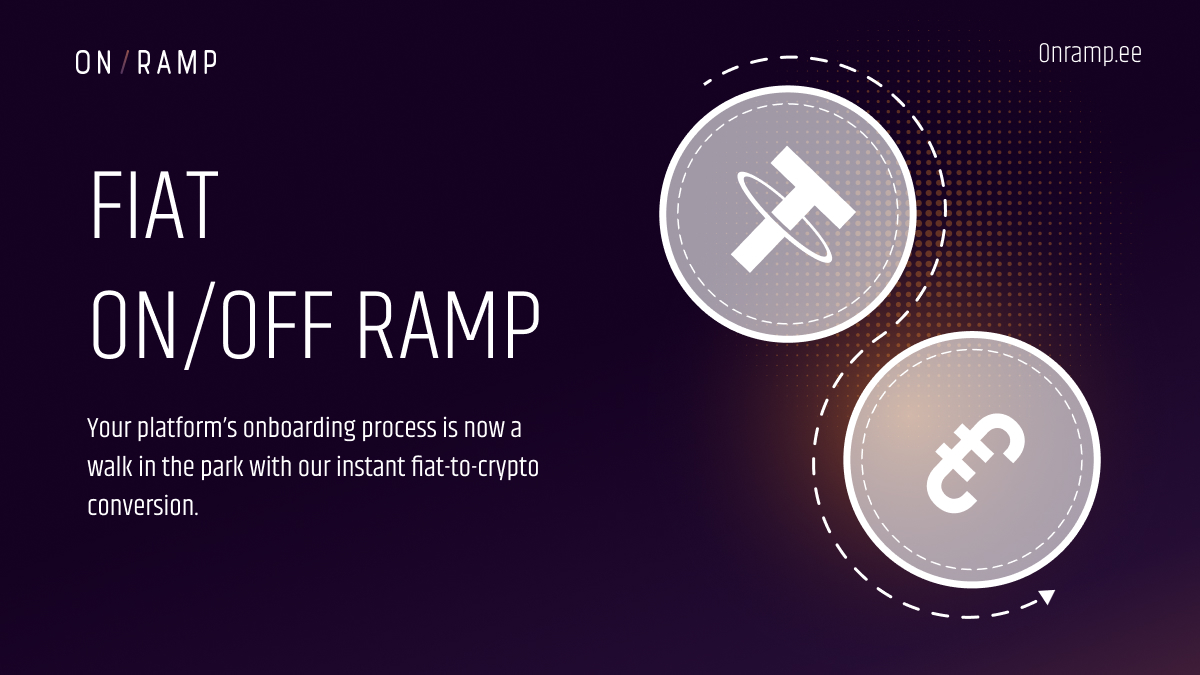
Onramper — Global ramp infrastructure for World App and more. Onramper partners with World App to provide on/off-ramp access to bank accounts, cards, and PayPal, supporting frictionless global transactions. Learn more.
-
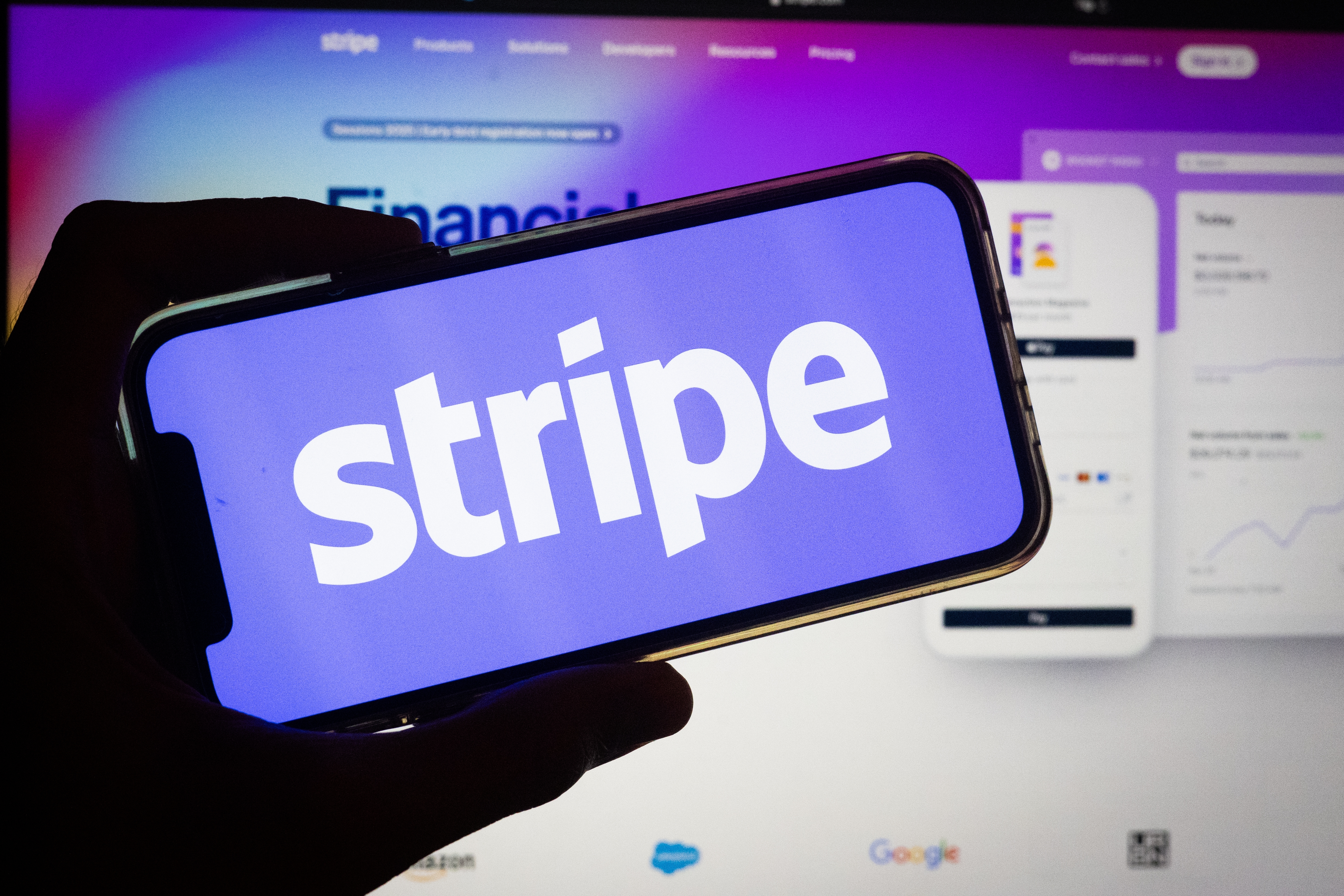
Stripe — USDC stablecoin payments for 70+ countries. Stripe’s new stablecoin payment option saw rapid global adoption, empowering businesses and users to accept and off-ramp USDC with Stripe’s trusted infrastructure. Learn more.
Lower Fees, Faster Settlement, and Enhanced Privacy
Stablecoin payments are fundamentally changing the economics of global money movement. By cutting out intermediaries, platforms like AnonOfframp. com and Endl can offer fees that are a fraction of those charged by banks and remittance giants. Settlement times have collapsed from days to seconds, enabling real-time payroll, instant e-commerce settlements, and just-in-time supplier payments.
For users, the benefits are tangible: lower costs, faster access to funds, and the ability to transact privately. Stablecoin cards now allow instant spending of USDT and other stablecoins anywhere major cards are accepted, without cumbersome KYC processes. This is especially critical for freelancers, digital nomads, and residents of countries with volatile currencies or capital controls.
Regulatory Clarity: The 2025 Turning Point
The regulatory environment is finally catching up. The U. S. GENIUS Act (July 2025) and the EU’s MiCA framework both mandate 100% reserve backing for fiat-backed stablecoins, bringing much-needed trust and stability. While compliance requirements are rising, the net effect is positive: mainstream adoption is now possible without the shadow of regulatory uncertainty. For providers, this means building robust compliance rails – but for users, it means safer, more reliable stablecoin onramp and offramp experiences.
With these regulatory milestones, the stablecoin onramp and offramp sector is poised for even greater integration with traditional finance and global commerce. The GENIUS Act’s explicit requirement for 100% reserve backing, coupled with MiCA’s classification of fiat-backed stablecoins as Electronic Money Tokens, not only reassures users but also compels issuers to meet institutional-grade standards. This is a pivotal shift, transforming stablecoins from speculative assets into credible payment tools trusted by businesses and individuals alike.
Practical Use Cases: From Payroll to Everyday Spending
Stablecoin on/off-ramps are now powering real-world use cases that were previously out of reach for crypto. For example, U. S. businesses can pay overseas contractors instantly in USDT or USDC via compliant platforms like Off Ramp, bypassing slow and expensive bank rails. Merchants in Asia and Latin America are embracing stablecoin payments to avoid fluctuating local currencies and high credit card fees. Even everyday users are leveraging stablecoin cards to shop online or withdraw cash at ATMs worldwide, all without exposing sensitive personal information.
The privacy angle cannot be overstated. Platforms such as AnonOfframp. com empower users with virtual cards that require minimal KYC, making it possible to spend crypto in a way that aligns with privacy-first values. This is especially relevant for people living under restrictive regimes or those who simply value financial autonomy.
Challenges Ahead, and Why the Momentum Continues
Despite these advances, challenges remain. Regulatory harmonization is still a work in progress across regions; some banks remain wary of interacting with crypto-linked funds; and technical risks, such as smart contract vulnerabilities, require ongoing vigilance from both users and providers. However, the direction of travel is clear: as compliance frameworks mature and technical standards rise, stablecoin-powered payments will only become more accessible and secure.
For users weighing their options among the growing list of providers, Mural Pay, Circle, Bitso, Ripple RLUSD, Mercado Pago, the calculus increasingly comes down to speed, fees, privacy guarantees, and geographic coverage. The winners will be those who deliver seamless conversions between crypto and fiat while respecting user sovereignty.
Which feature matters most to you in a stablecoin offramp?
Stablecoin on/off-ramps have made global payments faster, more private, and lower in cost than ever before. With new regulations and innovative providers, users now have more choices for how they move between crypto and fiat. When choosing a stablecoin offramp, which feature is your top priority?
What’s Next? The Roadmap for Stablecoin On/Off-Ramps
Looking ahead to 2025 and beyond, expect further convergence between stablecoins and next-generation blockchain infrastructure. Layer 1 blockchains purpose-built for stablecoins are emerging to address congestion and fee volatility seen on legacy networks like Ethereum. These new chains promise even faster settlements and lower costs, potentially unlocking mass adoption for remittances, payrolls, e-commerce payments, and more.
At the same time, we’ll see tighter integration between fiat banking rails and crypto ecosystems through APIs provided by leaders like MoonPay and Stably. This will blur the lines between traditional accounts and digital wallets, a trend already visible in the seamless user experiences delivered by platforms like Onramper partnered with World App.
The bottom line: Stablecoin on/off-ramps have moved from niche tools to critical infrastructure underpinning global payments in 2024. With robust compliance frameworks now established in major markets, and relentless innovation at both the protocol and product level, the momentum behind private, fast crypto-to-fiat solutions is undeniable.


